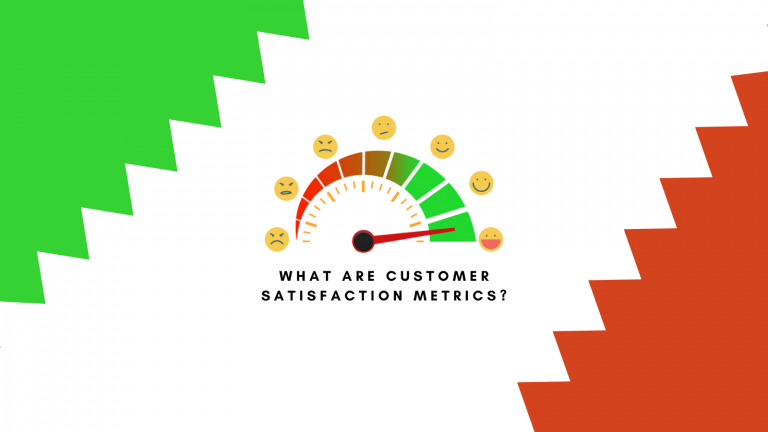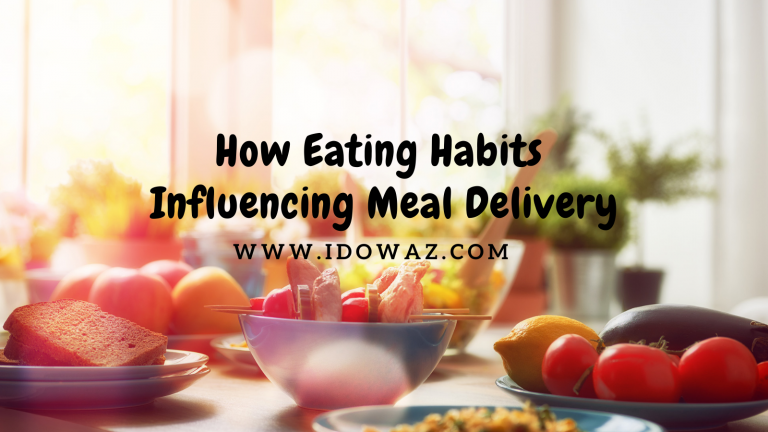Thanks to digital technology, consumers are potentially better informed and more demanding. The period between the desire and the act of buying is reduced considerably.
If you have grown up earlier then might have one question that hit your mind ever that How Digital Is Transforming The Eating Behaviour Of Consumers.
It is the era of “click & buy”, with new expectations of services. These new digital purchasing practices were quickly adopted by consumers in search of convenience and time.
To adapt local commerce to new consumer behavior, people use digital technology:
- 65% of them are convinced that the conversion of local commerce to digital is a matter of survival.
In addition, now people are ready to give of their person to accelerate this modernization:
- More than 7 out of 10 would agree to evaluate the businesses where they do their shopping (74%).
- To give a return on the products purchased (71%).
- And communicate their e-mail address (64%).
WHAT DO DIGITAL SOLUTIONS PROVIDE?
CUSTOMIZATION:
The trend is to offer products and services that more closely met the needs of individual consumers.
Customers believe that if local traders had information about their food preferences, shopping lists, household composition, and budget for food purchases, they would be able to provide them with a more personalized offer.
From now on, the digital tools made available to traders make it easy to meet this demand.
Indeed, the ability of digital tools to analyze data on the habits and purchases of each consumer makes it possible to better understand them.
And thus improve and adjust the proposition in real-time to best meet individual needs.
Delivering the right message, to the right person, at the right time has never seemed easier.
ACCESSIBLE AND IMMEDIATE:
Never before will consumers have had such wide access to a growing variety of fresh and even local products, almost in real-time.
A growing number of projects like Farm Product Platforms are working to reduce the time to access freshness and authenticity.
Reducing the time spent getting supplies, or even getting delivered, is one of the most attractive answers today.
Because the vast majority of consumers do not plan and choose what to eat, at the last moment.
TRANSPARENCY AND TRACEABILITY:
77% of French people say they seek more than 5 years ago to know the origin of a food product before buying it.
They expect better information disseminated to customers in stores and more product traceability.
The joint development of sensors, wireless communication, and computer security technologies, without forgetting the arrival of new technologies such as the Nima Portable Gluten Tester.
Now makes it possible to trace products individually, from the field to the ‘plate,
- To know their origin.
- Their manufacturing method.
- And the quality validations they have undergone.
THE VARIETY AND THE NEW:
Thanks to connected devices, 3D printers, and advances in robotics, a flood of new meals will burst into kitchens.
At the same time, farmers and research centers are developing new ingredients and new varieties, which respond to our frenzy of flavors and novelty.
Chefs, now assisted by artificial intelligence, are concocting new combinations of tastes and textures, which push the boundaries of novella cuisine.
THE MANAGEMENT OF RARITY, RESOURCES AND SURPLUS AND THE RECOVERY OF WASTE:
In parallel with the technological revolution, people are experiencing a general awareness of the fragility of our ecosystem, of the need to preserve our resources and to overcome malnutrition in the world.
Our food choices make us feel that we are taking action by encouraging other systems of production and distribution.
Eating has become an ethical and militant act.




